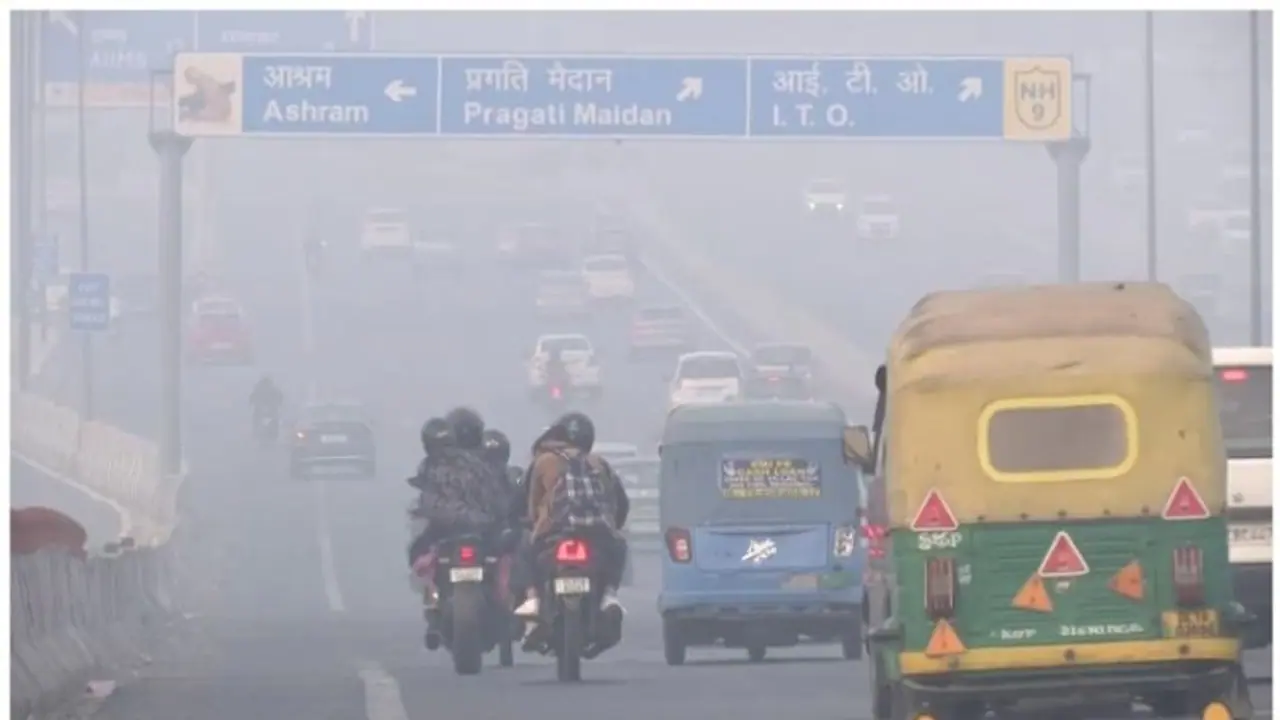The residents of the national capital witnessed a resurgence of a thick layer of haze, evident in drone visuals casting a shadow over the iconic Signature Bridge and its neighboring areas.
Amid a brief respite, Delhi on Monday (November 27) found itself ensnared once again in a blanket of toxic smog, marked by a disturbing rise in the Air Quality Index (AQI), surpassing the 400-mark and entering the dreaded "severe" category. The Central Pollution Control Board's (CPCB) alarming report around 7 AM brought attention to the distressing haze that has settled over the national capital.

The residents of the national capital witnessed a resurgence of a thick layer of haze, evident in drone visuals casting a shadow over the iconic Signature Bridge and its neighboring areas. The AQI clocked in at a worrisome 393, positioning Delhi within the 'very poor' classification.
Silkyara tunnel collapse: Vertical drilling makes progress, 5 more rescue plans underway
Specific pockets of Delhi faced intensified air pollution, notably Anand Vihar and Ashok Vihar, registering alarming AQI levels of 433 and 434, respectively. Areas like Bawana and Jahangirpuri were similarly afflicted, recording levels of 437 and 450, firmly entrenched in the severe category. Even prominent zones such as ITO and the IGI airport reported AQI readings in the "very poor" range, emphasizing the wide-ranging impact of the crisis.
In response to the escalating pollution, Delhi's Environment Minister Gopal Rai conducted a meeting to tackle the dire situation. Rai pinpointed vehicle emissions (36%) and biomass burning as key contributors to the rising pollution levels. Measures such as the enforcement of GRAP 3 rules to control vehicle pollution and the monitoring of biomass burning by relevant organizations were deliberated upon.
Centre advises state govts to review hospital preparedness amid rising pneumonia cases in China
While Rai expressed hope for improving air quality, he attributed the anticipated relief to an expected surge in wind speed and the potential for rain over the coming days. Despite recent relaxations in some restrictions, stages 1 to 3 of the Graded Response Action Plan (GRAP) remain operational.
The Air Quality Index classifies scores from 0 to 100 as 'good', 100 to 200 as 'moderate', 200 to 300 as 'poor', 300 to 400 as 'very poor', and 400 to 500 or higher as 'severe'.
